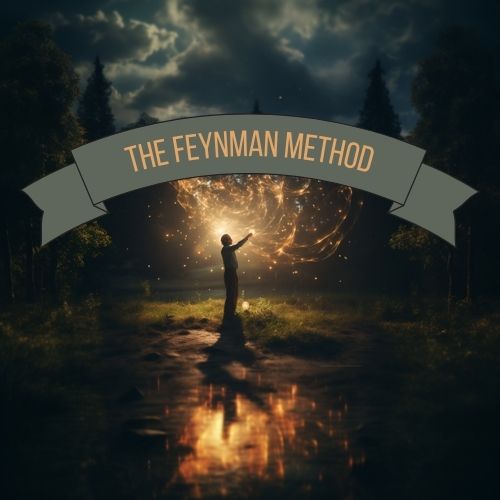What Is the Feynman Method?
The Feynman Method is a learning approach developed by Nobel Prize-winning physicist Richard Feynman. Central to this method is the act of teaching as a path to deeper understanding. The method hinges on the idea that if one can’t explain a concept simply, they don’t fully understand it.
Objectives of This Pattern
The pattern aims to provide learners with:
- A deep understanding of the principle that teaching is a pathway to learning, as exemplified by Richard Feynman.
- Tools for self-examination and intrinsic motivation, aiding in the cultivation of a personal “curiosity engine.”
- Guidelines for maintaining a personalized learning notebook to track gaps in understanding and measure progress.
- A framework for critical thinking and problem-solving applicable across various disciplines.
Essential Components
- Challenging preconceived notions: The Feynman Method encourages learners to break down existing biases and view subjects from a foundational level.
- Intrinsic Motivation: The importance of being internally motivated to learn, as opposed to external motivators, is emphasized.
- Curiosity Engine: Building a mechanism for sustained learning and inquiry, this helps in identifying gaps in understanding.
- Learning Notebook: Practical advice on how to maintain a dedicated notebook for tracking learning progress, a practice that Feynman himself followed.
By engaging with this pattern, learners will acquire a set of tools not only for efficient learning but also for tackling complex problems in any field.
About Instructor

